Windows
 The decision of what kind of windows to use on your new house will be one of the most important decisions you will make. Windows add warmth, beauty and light to your home. Since windows are one of the most visible features of your home both on the inside and on the outside, you'll want to make a wise and practical choice. Most people spend 10 to 15 percent of their home building budget on windows and doors.
The decision of what kind of windows to use on your new house will be one of the most important decisions you will make. Windows add warmth, beauty and light to your home. Since windows are one of the most visible features of your home both on the inside and on the outside, you'll want to make a wise and practical choice. Most people spend 10 to 15 percent of their home building budget on windows and doors.
A fixed window, also called a picture window, doesn't swing, tilt or glide. Its sash is permanently fixed to a frame, so if you're looking to let some fresh air in - fixed aren't the way to go. Fixed are often flanked by double-hung windows or casements or set above or below an awning or hopper. From an architectural standpoint - you can get fixed windows in a variety of shapes, including, round, half-round, diamond, trapezoid and custom to enhance the face of your home. These windows won't throw your budget off too much because they're the least expensive style and very energy efficient.
A casement window, often used in traditional homes, opens like a door with hinges on one side and the lock and handle on the other. Casement windows open outward by using a crank handle and allow the entire window surface to be opened. On the down side, they are typically one of the more expensive types of windows, and the outward opening pane can present a potential hazard on lower-floor windows. Casement windows are most popular above a kitchen sink, where you don't want to lean forward and lift a window to open it.
Awning windows are hinged on the top and open out from the bottom - like a door that's been turned on its side - with the latch on the side opposite the hinges. These windows are often seen in contemporary-style homes. They provide minimal ventilation (and a nice look) under large, fixed-pane picture windows. Awning windows open out to an angle of about 30 degrees, which allows you to keep it open on rainy (not rainy and windy) days.
Perhaps the most common of the operable window configurations is the sliding window, which consists of one fixed pane of glass that is half the width of the window and a second, movable pane of glass of equal size that slides horizontally across to the inside of the fixed pane. In larger sliding windows - typically those over about 8 feet in width - there will be a fixed pane in the middle combined with one sliding pane on either side that move horizontally toward the window's center. Sliding windows are typically the most economical configuration. They have a handle and lock in the center or along one edge, along with a secondary security ventilation lock that allows you to open the window about 2 inches and then lock it in that position.
Double-hung windows open vertically, and both panes are operable - the lower pane moves up and rests inside the upper pane, and the upper pane moves down to the outside of the lower one. Double hung windows offer more ventilation options because you can let air in from both the top or bottom of the window, and are also one of the more traditional styles of window. Single-hung windows, which duplicate the look of the double-hung at a lower cost, have an operable bottom pane that moves up and rests inside the fixed upper pane. Both styles have a center handle and lock, and some also have a security ventilation lock. And added feature to consider is a tilt-wash version of a double-hung window, so you'll never have to go outside to wash your windows. Instead, the windows come to you.
Bay windows are a combination of three or more windows that angle out from the house. The center unit is parallel to the house, while the side units sit at an angle (if the angles are squared it's called a box bay). There's also small box bay windows with a glass top that are called garden bay windows and usually are used in the kitchen. Bow windows are multiple windows that curve gradually rather than forming angles.
These windows are like awning windows in reverse - they're hinged on the bottom and swing in. Hoppers are typically used in basements or high up on a wall over a large, fixed-pane window.
While clear glass has always been the primary material available for window panes in homes, that is starting to change as homeowners are looking for a new view. Now windows are being glazed- to cut and fit window panes into frames - in a whole new way to help control heat loss, condensation and enhance the design of your home's face. You can get double-glaze windows, which have two layers of glass separated with a space to help trap air and provide some insulation value or triple-glazed which have three layers of glass or two layers with a low-e layer between the two. If you live in an area where weather is extremely hot or cold, triple protection is the best, but they're much heavier and more difficult to operate.
Low E window glass is treated with a layer of invisible, microscopic silver coating to provide greater energy efficiency and increased comfort. Low E stands for "low emissivity", which is the action of reflecting light passing through glass. The benefits of low-e is they reduce the U-Value (conductance of heat) increase the R-Value (resistance to heat flow), making for a more comfortable environment. It also helps cut back on harmful UV rays (by 78%) that over time will fade your rugs and furniture.
Today most reputable glass manufacturers offer interesting combinations of window glass options to protect you from the sun and neighborhood noise to help you build a safe and private home.
Must Reads
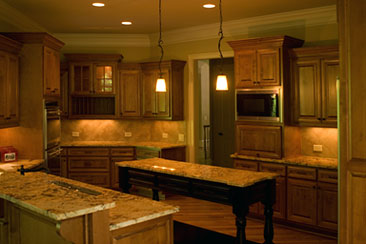
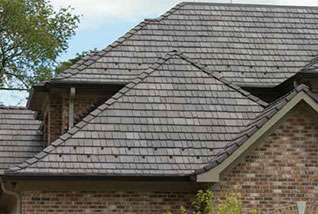
Related Articles
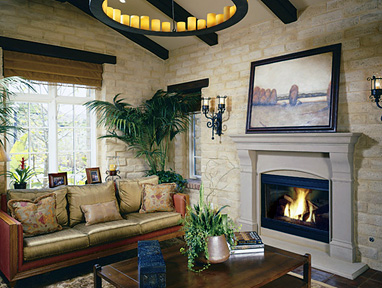
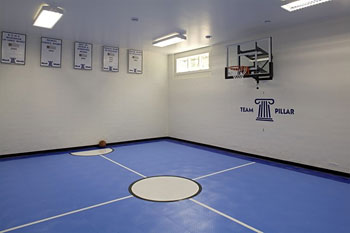
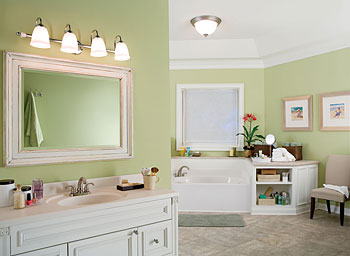
Top Articles
Explore Categories
Search Our House Plans
Contact Us
Architect Preferred

Only the highest quality plans
International Residential Code compliant
Complete structural details on all plans
Free Home Building Organizer with every plan purchase
Best plan and modification price guaranteed
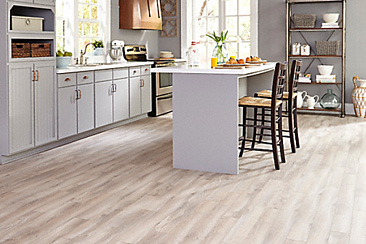
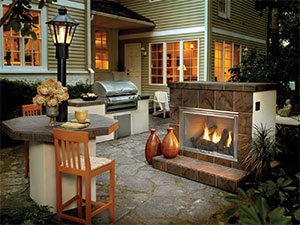
Комментариев нет:
Отправить комментарий